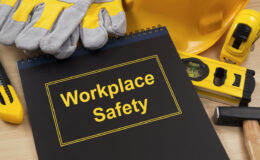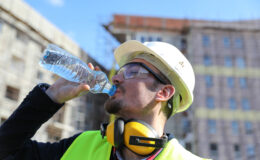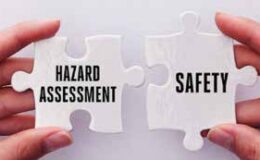By Donna Motley, Director of Claims
While scanning some publications, I came across an article that itemized “8 CHARACTERISTICS OF A SUCCESSFUL W/C PROGRAM”. The original source of the article was Zurich American Insurance Company. Below we have modified the article to explain these characteristics and include ways MTMIC can help you with your programs. The characteristics were listed as follows:
- Top down management commitment to productivity, quality, risk & safety.
If the owner of the company only cares about productivity; quality, risk and safety will falter. Company owners, executive officers and managers should lead by example and create a “safety first” atmosphere; the end result will be high productivity and quality. - Focus on sprain/strain prevention.
Our Loss Control representatives are cognizant of tracking “where” the bulk of injuries occur. Once problem areas are defined, a plan can be developed to improve. Studies have shown that sprains and strains tend to be the most costly of work related injuries. A majority of the time, the only symptom of a sprain/strain, is “pain” – a “subjective” complaint that cannot be measured. - Partnership with occupational medical specialists.
Utilize our Loss Control representatives to identify high risk areas in your facility – how are you tracking? We can assist you in obtaining ergonomic studies, air & noise quality studies, an individual job coach, work site assessment, to aid in reducing exposures. Develop a close relationship with your occupational clinic; have them tour your facility and get their opinion and/or suggestions for potential problems they may notice. - Active safety supervision.
Develop a safety team, involve employees of all levels. Listen to the employees that operate the machines or perform the same task every day. Consider their suggestion on ways to improve. A very simple change in procedure may eliminate physical complaints. Empowering the employees to be a part of the solution provides multiple benefits. All employees should be concerned about safety and watching out for their co-workers. - Assign responsibility for injury prevention and claims management.
This would involve your safety team, first level management, human resource department. Are signs posted? Are accidents investigated? Is prevention discussed? Are written statements obtained from the injured worker and witnesses? Do you report and record “near misses”? Is there disciplinary action when an unsafe act occurs? Do you have designated personnel that can transport an injured worker to the clinic if necessary? - Prompt reporting of claims and coordination with adjusters.
Make sure all employees are aware of the proper procedures if an accident/ injury occurs; that they know “who” to report to and which occupational clinic you utilize; or the location of the nearest hospital. Decide who will be responsible for contacting the Claims Department at MTMIC. Make sure all information is provided to the Claims Department to eliminate processing delays. - Functional modified duty / return to work program.
Decide if your organization will be able to provide modified duty for injured workers that have restrictions imposed. Depending on the size of your organization, you may be able to develop a graduated return to work program. Studies have shown that the longer an employee is off work, the less likely they are to return to employment. - Root cause analysis of incident with corrective actions.
Why did the accident/injury occur and what is going to be done to ensure it does not happen again? An investigation does not only mean you are able to “verify” there was water on the floor where the employee slipped (although we do need to verify that fact). Did the injury occur because there was a lack of training? Did the employment physical clear the individual for lifting certain weights? Keep asking the question WHY and get to the root of the problem – then correct it!





